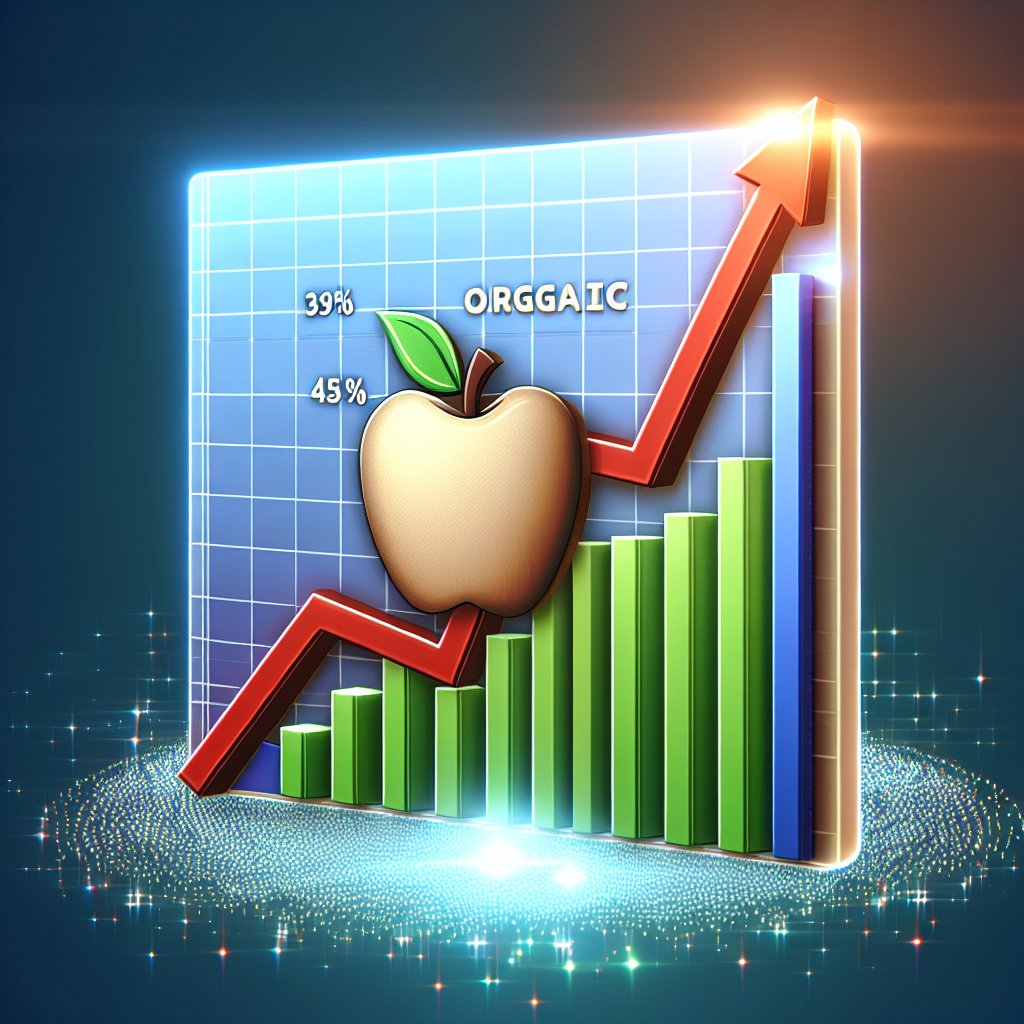The stability of organic product prices has become a significant topic of discussion among farmers, consumers, and market analysts alike. As the demand for organic products continues to rise, understanding the price dynamics of these goods is essential for stakeholders in the agricultural sector. This article delves into the factors influencing the pricing of organic products, compares them with conventional products, and explores the implications for farmers and consumers.
Understanding Organic Product Pricing
Organic products are often perceived as premium goods, commanding higher prices than their conventional counterparts. This price difference can be attributed to several factors, including production methods, certification costs, and market demand. Organic farming practices typically involve more labor-intensive methods, reduced yields, and stringent regulations, all of which contribute to higher production costs.
Production Costs
One of the primary reasons for the higher prices of organic products is the cost associated with organic farming practices. Farmers must adhere to specific guidelines set by certifying bodies, which often require them to invest in organic seeds, natural fertilizers, and pest control methods. These practices can lead to lower yields compared to conventional farming, where synthetic fertilizers and pesticides are used. Consequently, the cost per unit of organic produce tends to be higher.
Market Demand and Consumer Behavior
The growing awareness of health and environmental issues has led to an increase in consumer demand for organic products. Many consumers are willing to pay a premium for organic goods, believing they are healthier and more environmentally friendly. This demand can create a more stable price environment for organic products, as consumers often prioritize quality over cost. However, fluctuations in demand can still occur, influenced by trends, marketing, and economic conditions.
Price Stability: A Comparative Analysis
When comparing the price stability of organic products to conventional ones, several factors come into play. While organic products may experience higher average prices, their price volatility can differ significantly from conventional products. Understanding these dynamics is crucial for farmers and consumers alike.
Price Volatility in Conventional Products
Conventional agricultural products are often subject to significant price fluctuations due to various factors, including weather conditions, global market trends, and changes in consumer preferences. For instance, a poor harvest due to adverse weather can lead to a sudden spike in prices, affecting both farmers and consumers. Additionally, conventional products are often traded on global markets, where prices can be influenced by international supply and demand dynamics.
Price Stability in Organic Products
In contrast, organic products tend to exhibit more stable pricing patterns over time. This stability can be attributed to several factors:
- Limited Supply: The supply of organic products is often limited due to the rigorous certification process and the time required to transition from conventional to organic farming. This limited supply can help maintain price stability, as demand often outstrips supply.
- Consumer Loyalty: Many consumers who purchase organic products are loyal to specific brands or local producers. This loyalty can lead to consistent demand, reducing the likelihood of drastic price fluctuations.
- Market Segmentation: The organic market is often segmented, with niche products catering to specific consumer preferences. This segmentation can create a buffer against price volatility, as different segments may respond differently to market changes.
Implications for Farmers and Consumers
The implications of price stability in organic products are significant for both farmers and consumers. For farmers, understanding the pricing dynamics can inform their production decisions and marketing strategies. For consumers, awareness of these dynamics can influence their purchasing choices and perceptions of value.
For Farmers
Farmers who engage in organic farming must navigate the complexities of production costs and market demand. The stability of organic product prices can provide a more predictable income stream, allowing farmers to plan their operations more effectively. However, they must also be aware of the potential risks associated with market fluctuations and consumer trends.
- Investment in Organic Practices: Farmers may consider investing in organic practices to capitalize on the growing demand for organic products. This investment can lead to higher prices and more stable income, but it requires careful planning and consideration of market conditions.
- Diversification: To mitigate risks associated with price volatility, farmers may choose to diversify their product offerings. By growing a variety of organic crops, they can reduce their dependence on a single product and enhance their resilience to market changes.
For Consumers
Consumers play a crucial role in shaping the organic market. Their purchasing decisions can influence price stability and the overall growth of the organic sector. Understanding the factors that contribute to price stability can help consumers make informed choices about their food purchases.
- Value Perception: Consumers who perceive organic products as healthier and more sustainable may be more willing to pay higher prices, contributing to price stability in the market.
- Support for Local Farmers: By purchasing organic products from local farmers, consumers can help support their communities and contribute to a more stable local economy.
Conclusion
The pricing dynamics of organic products reveal a complex interplay of factors that contribute to their stability compared to conventional products. While organic farming involves higher production costs, the growing demand for these products can create a more stable price environment. For farmers, understanding these dynamics is essential for making informed production and marketing decisions. For consumers, awareness of the factors influencing organic product prices can lead to more conscious purchasing choices. As the organic market continues to evolve, ongoing research and analysis will be crucial in understanding the future of organic product pricing and its implications for all stakeholders involved.




